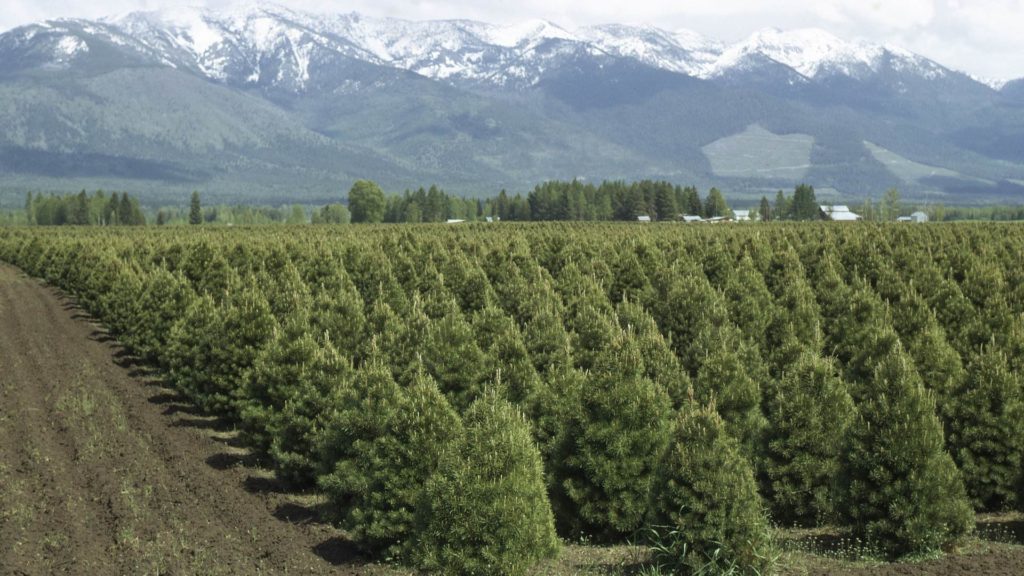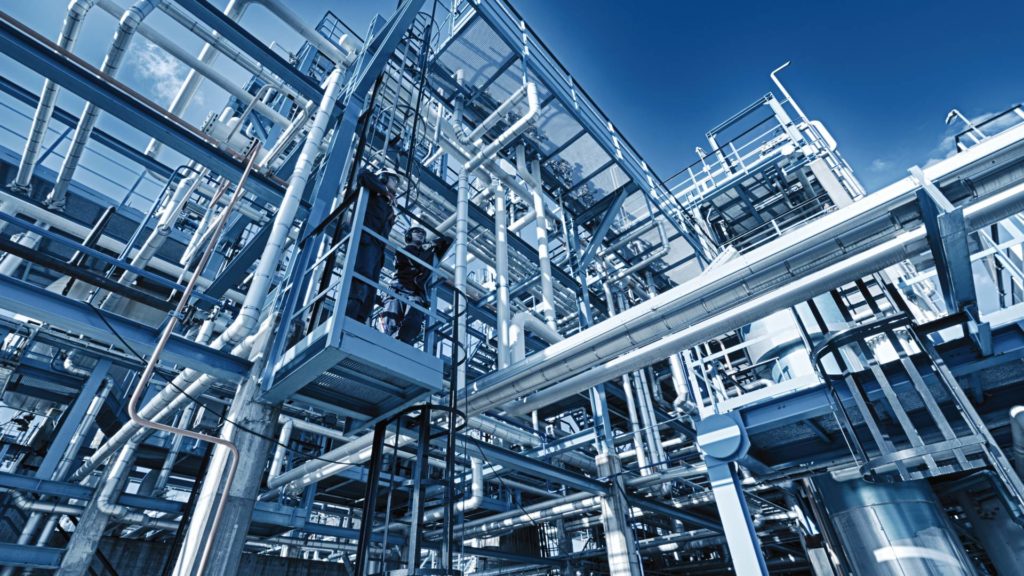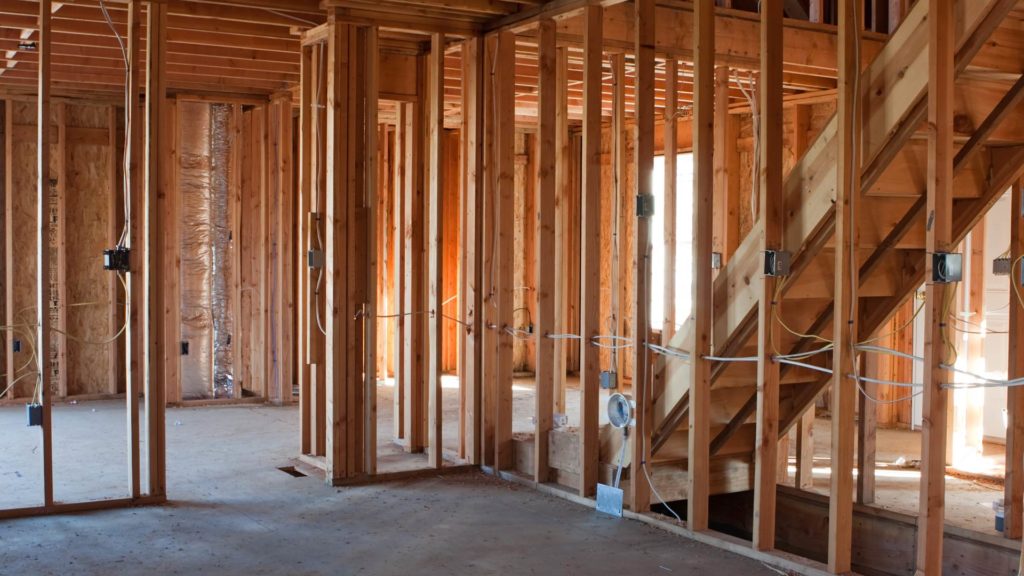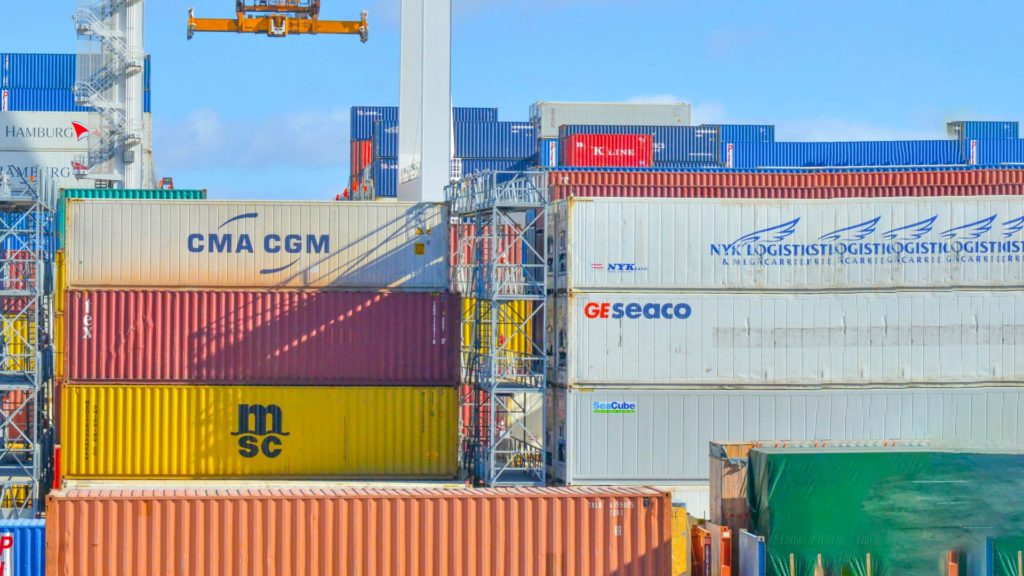Global supply chains are still heavily disrupted from the ongoing covid-19 pandemic, with shipping delays, factory setbacks, and just a general lack of product inventory amid very high consumer demand has left brands scrambling to keep products on the shelves. Many firms are dealing with significant cost increases for raw materials, finished goods and transportation, which is at least partially being passed on to consumers.
Monthly reports from the Labor Department pinned monthly inflation at over 6% in October of 2021, which is a dramatic rise, and hopefully not a sign of what’s to come.
Cars
New and used car prices are extremely inflated currently, with nearly every manufacturer experiencing supply chain disruptions, lowering the output of vehicles from their factories. Chip shortages have resulted in cars being finished on the assembly line then sitting in large parking lots waiting for chips to be installed. New cars are currently hard to find and are often being sold at massive dealer markups. Dealer inventory for nearly every brand is much lower than in prior years, with many buyers having to wait a month or longer for an ordered vehicle to arrive.
The continued consumer demand has pushed used car prices to historic highs as well.

Christmas Trees
One of the less expected items on this list, but nonetheless a consumer item that is much more expensive to buy now than in 2019. Both “real” and artificial Christmas trees will be more expensive this year. The mentioned supply chain disruptions have hit importers of fake Christmas trees hard just like many other products, which has pushed prices up.
For natural Christmas tree sellers, fires and heatwaves in the pacific northwest have lowered the supply of trees, then the increase in trucking costs and labor have all compounded to increase tree prices anywhere from 10-25%. Live Christmas tree prices are heavily localized and an extremely fragmented industry, so the disparity in tree prices from one geographic region to the next can be high.

Gas
Gas prices are higher now than they’ve been for nearly a decade. But why are gas prices high? In short, it’s an increase in demand that the supply and refining firms have not been able to match. Just like with other industries, the equipment and materials prices needed to produce gas have also increased, as has transportation. President Biden recently announced plans to release millions of barrels of oil from the strategic reserve which should have at least a short-term downward pressure on gas prices.
Food Prices
In what is becoming a constant theme, facility shutdowns, raw material price increases and increased transportation costs have hit food brands hard, increasing the cost of finished food products which means that costs to consumers will be increased in order to maintain profit margins.
Meat prices, in particular, have risen as production is affected by covid outbreaks in distribution centers. Depending on the item and month, meat prices are anywhere from 5-30% more expensive in November of 2021 than in November of 2019.
Agricultural inputs such as sprays and fertilizer, which are necessary for meat, grain, fruit and vegetable production, have also all risen, increasing production costs to farmers. Also ,as we’ll discuss further, the cost of food production equipment such as packaging machines and farm equipment have all risen as well.
Expect to pay more at restaurants this winter, since their costs have risen just like grocery store prices.

Industrial, Construction and Farm Equipment
Just like with cars, industrial machinery, construction machinery and farm equipment manufacturers have had their supply chains disrupted in the same manner, with factories closing, transportation issues and raw material price increases. This has presented a very similar market effect on these pieces of equipment, with new parts and machines being hard to find, thus driving up the cost of used equipment.
Building Materials
A quick trip to Home Depot or Lowes will show that a large number of building materials are much more expensive than they were prior to the pandemic. Everything from raw materials like bronze, wood, shingles, electric and plumbing items are much more costly to transport and make, which means that this cost is being passed on to end purchasers.

Housing Price Increases
Lumber and other building material prices have risen a huge amount over the last year, with some types of lumber and hardware being over 50% more expensive. This increases the cost of building new homes and makes home repairs and renovations similarly more expensive As more workers work from home, it becomes less important that they live in a city center, increasing demand for homes. Rent prices have thus risen quite a bit depending on the city due to constrained housing supply.
Electronics
Chip shortages have affected electronics brands just like they have automotive firms. Computer components have become much more expensive due to the extreme over-demand and undersupply of many types of microchips meaning computer parts, cell phones, laptops, and many other items are more expensive and harder to find on the shelves than they should be.
Furniture Supply Chain Problems
A huge percentage of furniture is made overseas, which has been heavily disrupted as we’ve mentioned. This has pushed the price of many items much higher than in 2019. Manufacturers are also much less likely to offer compelling sales on items, further increasing the effective price that consumers pay.
Electricity Price Increases
Energy prices are rising for several reasons, namely a quick and unexpected economic recovery, covid-19 related facility shutdowns, global shipping disruptions, and changes to OPEC volume commitments. Natural gas prices have also gone up with increased global demand.
Is there a way to prevent further increases?
There’s no easy way to control consumer price increases, economists differ on whether they believe the inflation is more transitory or here to stay. The most direct method to help alleviate price increases is to solve the supply constraints around many goods, which is no easy task itself. President Biden announced in the middle of October that the Port of Long Beach and Port of Los Angeles would begin 24 hour operations, which does help to keep containers flowing off of ships. While a positive move, this is not a fix-all solution, as other downstream transportation problems such as a lack of empty containers, lack of truck drivers, and delays unloading cargo at merchants’ facilities mean that even though containers are being off loaded from ships, many are sitting at port facilities waiting on a truck to pick them up.
One possible element of relief will likely be the end of peak season shipping, which is the busiest time of year for imports, leading up to the holidays. With peak season passing, it will potentially provide a slight drop in shipment volumes will which help ports, trucking firms, distribution companies and others rebalance their asset networks to increase network fluidity and help return their supply chains to a relative normal.

More Assets and Personnel
Many supply chain related firms have announced large capital investment programs, ranging from buying more containers, ships, new transload facilities, and other improvements which should help expand their available throughput.
A lack of personnel is still a major factor, with many trucking firms struggling to replace the number of drivers that are retiring. This will continue to be a major factor that will receive more attention going forward. Many younger would-be drivers simply do not see the job as something they want to do for a number of reasons including lifestyle, etc, however, driver pay has significantly risen.
Increased use of intermodal shipping
Moving more long haul freight via intermodal shipping also alleviates some trucking congestion as it moves freight via railroad for the long haul portion of the trip, but does still require trucking for the first and last mile movements to and from the rail terminals.
Going forward, intermodal will likely become a larger percentage of long haul domestic dry van freight and inland movements of international container freight due to cost savings, increased capacity when trucks are not available and environmental reasons.
Want a free lane and cost savings analysis? – Get in Touch!
Zmodal is a top intermodal shipping company providing door-to-door intermodal, and full truckload services nationwide throughout our digital supply chain dashboard which provides easy route searching, booking, document management, and analytics. CONTACT US if you want to lower your supply chain costs or want access to North American intermodal capacity.



